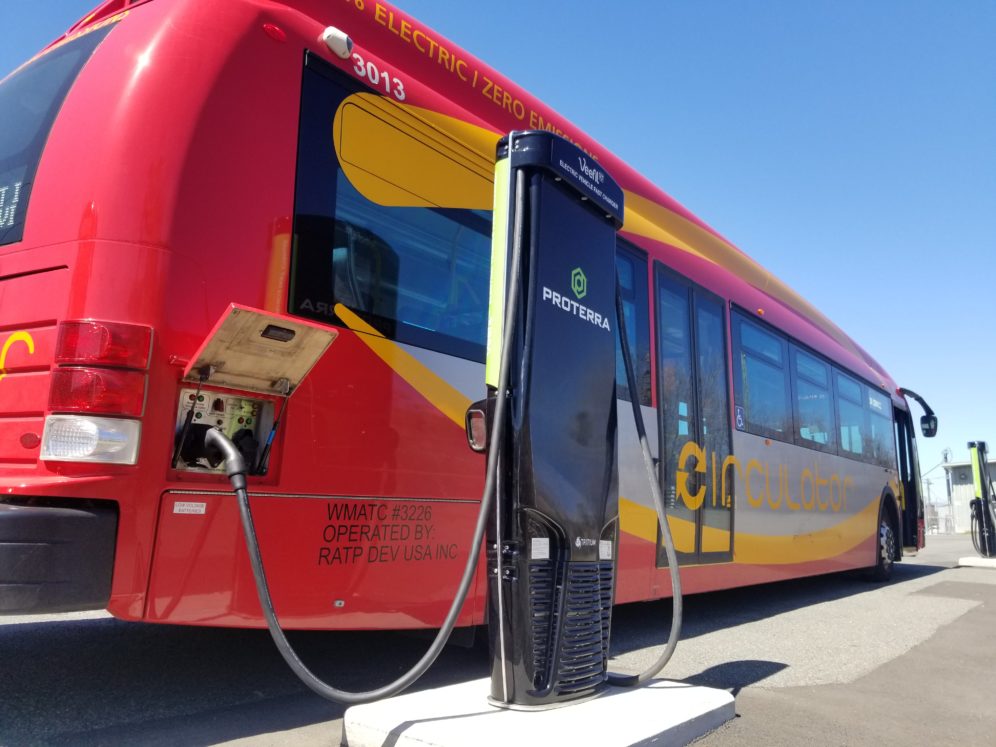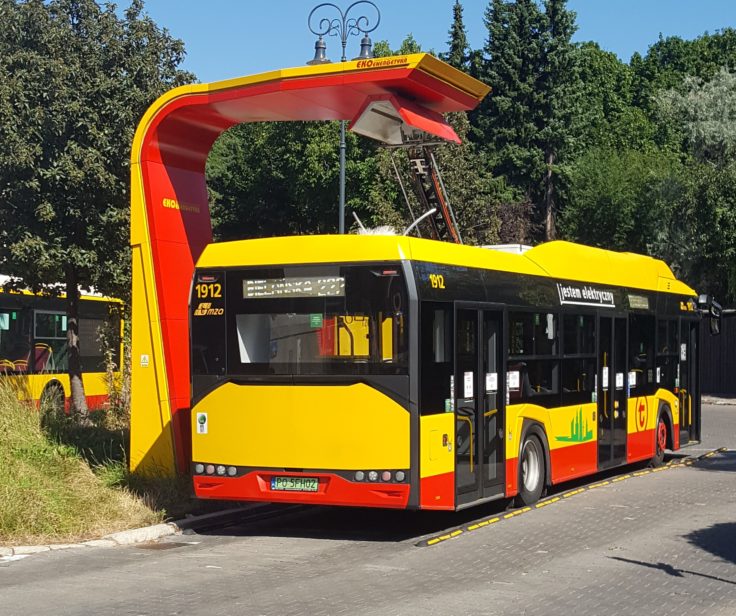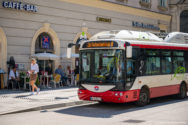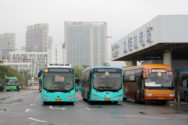
September 23, 2021
Climate Activism through Bus Fleet Electrification
The past year has demonstrated that the existential threat of climate change can no longer be put off or not taken seriously. Climate change is happening now and each day that people, cities, and governments refuse to act, the planet moves closer towards irreparable ecological destruction.
While there have been myriad technological advancements in various fields over the last 100 years — the effects of climate change also continue to intensify at an alarming rate year after year. It is clear that climate change is not only further harmed but also driven by many transportation systems. The transport sector — which accounts for almost a quarter of all energy-related CO2 emissions — is particularly driven by road vehicles (cars, buses, trucks, 2-wheelers, 3-wheelers) which are responsible for nearly 75 percent of emissions. Sustainable transportation is the key to unlocking climate action. This is achieved with a multipronged and comprehensive approach. A true shift comes from three main actions: travel reduction by creating compact and dense cities; a shift to low emission moves like walking, cycling, and public transit; and finally electrifying all transport vehicles. While it is not enough on its own, one important action is to electrify transportation fleets — specifically buses. Electrification is a powerful tool that helps reduce GHG emissions and in doing so, improves air quality. Electrification is linked to reduced noise pollution and can immediately mitigate harmful pollution. Electric vehicles can function in Low Emission or Zero Emission Zones or Areas and can provide efficient transportation without harmful emissions associated with diesel or petrol fueled vehicles. Electrification is key to reaching climate goals.
Recently, bus electrification technology has improved, making it cheaper and more efficient. With longer battery life, technology is easier to scale. The total cost of ownership has dropped and continues to drop, making them electric buses financially competitive with diesel and gas powered buses.
Buses move people. Worldwide, more people travel by buses than any other form of transportation – meaning the electrification of this mode can greatly impact people’s quality of life while also addressing climate change. Battery powered buses (BEBs) are fully electric buses with battery-powered electric motor systems. These buses have been most commonly used in China but their popularity is increasing with technology improvements and competitive pricing. In 2021, ITDP published a guide to Electrifying Bus Fleets, From Santiago to Shenzhen: How Electric Buses are Moving Cities.
However, there are a number of considerations that should be taken into account when electrifying bus fleets. Beyond the initial high upfront costs, bus electrification requires charging infrastructure. This has to be considered in conjunction with the electrical grid so as not to overuse it and to make sure that charging stations are in useful and helpful locations. Additionally, it is important to work towards shifting the energy source of the grid to greener energies and away from wasteful energies like coal and fossil fuels. Furthermore, while total cost of ownership is now competitive with diesel buses, there are still high upfront costs, making funding and financing models challenging. When charging and routes are optimized, costs of electric buses are significantly lowered. With technology advancements and increased demand for sustainability, electrification is poised to grow significantly over the next decade.

The ITDP guide was designed to help city officials understand e-buses and the actions needed to electrify a fleet. With emphasis on BEBs, this guide provides useful information on the electrification process from funding and finance models to operations and maintenance, including charging infrastructure. Along with information on pilots, this guide can be a manual to help cities towards sustainable transportation models.
Battery Electric Buses offer three massive benefits: improved air quality, moving a greater amount of people, and climate advocacy.




